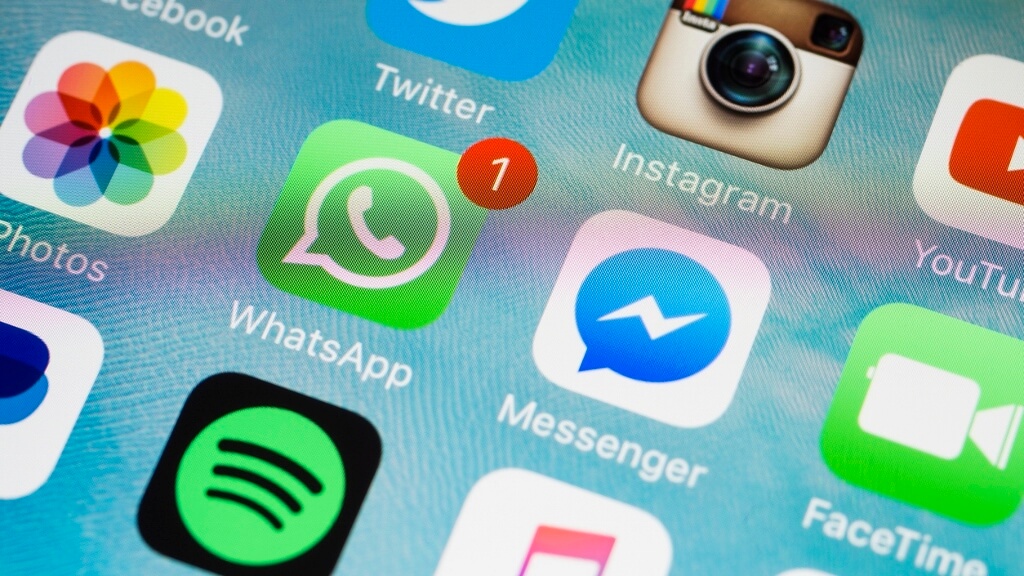Is your marketing plan ready?

With the 2020 presidential election later this year, political candidates are rapidly increasing their ad spend to astronomical levels. According to a report, approximately $10 billion will be spent on political advertising this year.
While this surplus of political advertising should be felt on all marketing channels, significant impacts will be felt on digital platforms. According to a report by Kantar Media, the incumbent president and many of his opponents are already incredibly active on Facebook, having spent $37.6 million on social media advertising in the first six months of 2019, compared to just 2 $.2 million spent on TV commercials.
As digital media continues to account for a higher percentage of brand marketers’ paid media budgets each year, this increase in spending by political advertisers will make it more difficult – and costly – for brands to rise above. above the chatter and get their messages across to consumers. the election is approaching. With a deluge of political messaging across all platforms, brands can expect to see higher costs for their paid campaigns, leading to higher risks of overspending on advertising budgets, or worse, having their campaigns totally obscured. in the noise of the election season.
So what can the marketing community do to overcome the challenges that arise during an election cycle? Here are my top four tips for brand marketers to cut through the noise during the 2020 election season.
1. Budget for higher costs now and work quickly to optimize campaigns.
As the price of consumer attention rises, the best thing marketers can do is plan ahead and factor these costs into their advertising budgets and optimize which campaigns to run as much as possible to obtain the best performance. Cost increases are likely to be felt across all channels, but particularly those with limited inventory, such as broadcast, cable and radio.
Therefore, marketers should focus their advertising efforts on digital platforms as much as possible, where they can take advantage of targeting high-value customers, matching customers on display networks like Google (GDN) and landing page conversions to capture retargeting information that can be used. when costs go down. Brands can also use customer relationship management (CRM) data to create custom and affinity audiences, which will enable more targeted delivery of their message and higher return on investment (ROI) for the ad. .
2. Focus on channels where ad inventory can grow to meet additional demand.
While social media platforms like Twitter have completely banned political ads, other marketing channels like TV and radio stations must follow rules set by the Federal Communications Commission (FCC), which has the effect of fill their ad inventory with more political ads than stations normally could. air. As a result, the demand for any remaining space that may be available for streaming will become more expensive.
Savvy marketers should focus their efforts on channels where ad inventory can grow to meet additional demand, such as social media, print, direct mail, and more creative options like experiential advertising opportunities and exterior.
3. Leverage election cycle fatigue.
In 1996, Bill Gates coined the phrase “Content is King,” and marketers who want to thrive during election season should heed Gates’ advice more than ever.
Consumers tired of the election cycle and tired of being constantly inundated with divisive political messaging will actively seek out alternative content, creating the perfect opportunity for marketers to position their brand message as a respite from the political chatter. Focus on what you do well and create consistent quality content that supports your mission and attracts and retains your most loyal audience as brand ambassadors.
4. Think like a politician.
Think about how to tap into the emotional identity of your customers, much as a campaign taps into the ethos of its supporters. Remember that one message doesn’t fit all, so marketers will want to define their audiences based on all available data and past engagements with the brand from multiple touchpoints, then develop dedicated messages that appeal to these groups. Get to know your brand ambassadors like campaigns know their supporters and create content that empowers them and compels them to be brand advocates.
There is good news for brands with strategic marketing plans.
Election season will likely turn an already competitive advertising landscape into an even more intense battle for consumer attention. The good news is that for strategic and forward-thinking marketers, there are effective ways to overcome these challenges and even turn them into opportunities. Brands considering sharing their messages through new, non-traditional channels and creating marketing strategies rooted in high-quality content may find the right place as consumers begin to seek respite from the divisive election season. .
I’ve found that an added benefit of the election cycle is that more attention is paid to ad dollars than usual, which from a marketing perspective provides valuable data and insights to marketers. marketing to leverage for their own brands. Test, learn and take an iterative approach to digital advertising, and focus on progress rather than perfection in order to find your brand niche.



